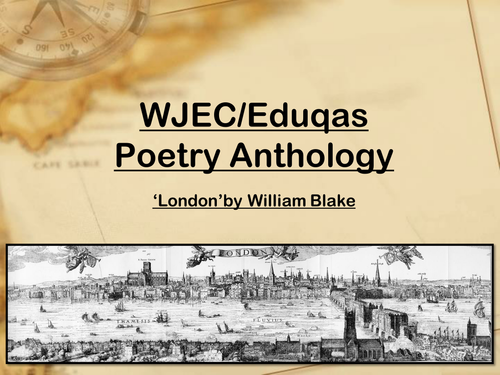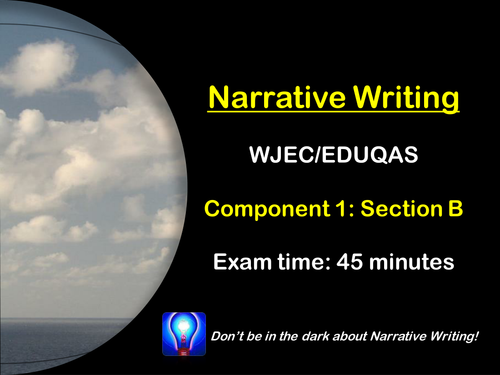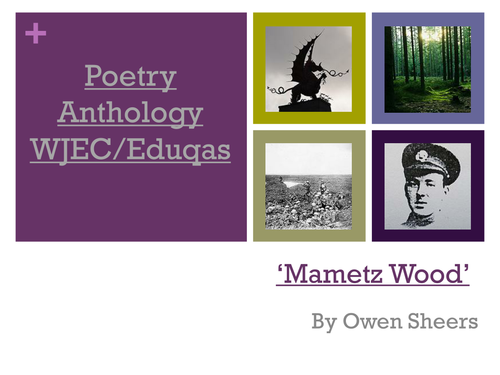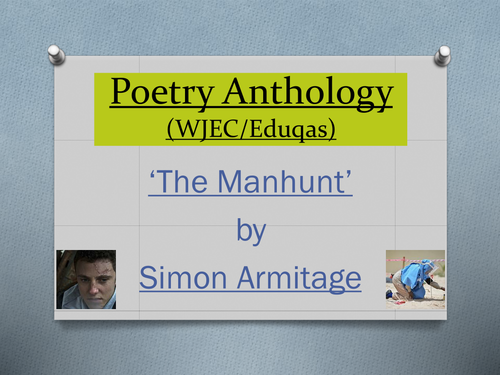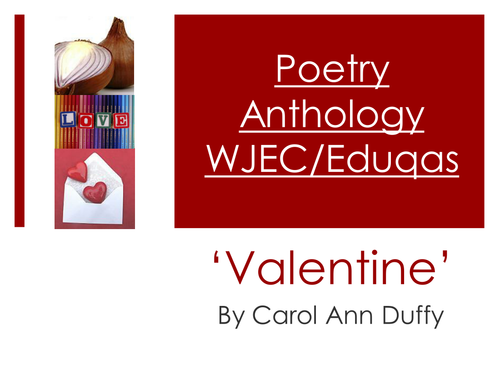Miss Hall's English Resources
Preparing resources and planning creative lessons is something I enjoy doing and always endeavour to deliver for my classes. The resources in this shop are resources I've created for and taught to my classes. As teachers, we all know time is scarce, if these resources can save other people a little bit of prep time - then more to the good. There are both free and premium resources for your perusal - I hope you find them useful and your classes enjoy them!





